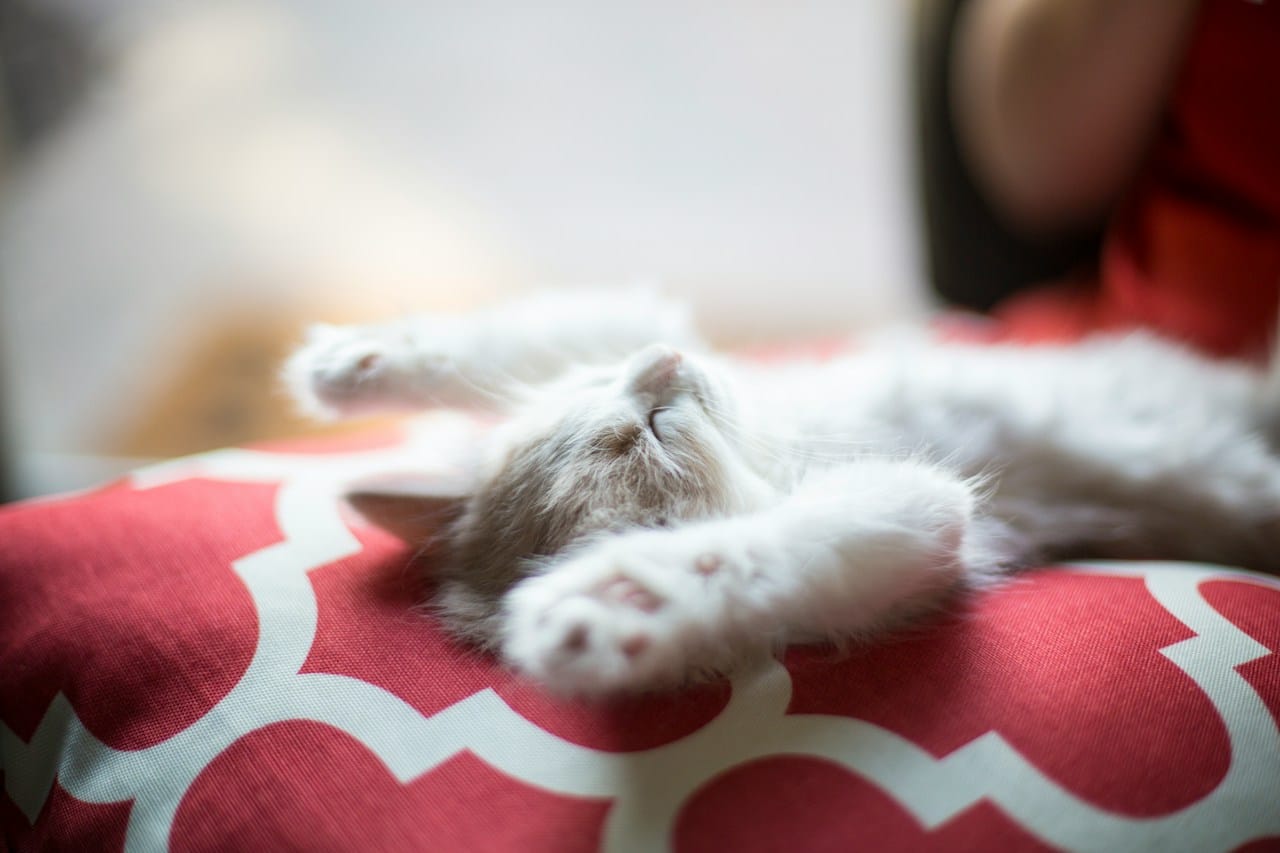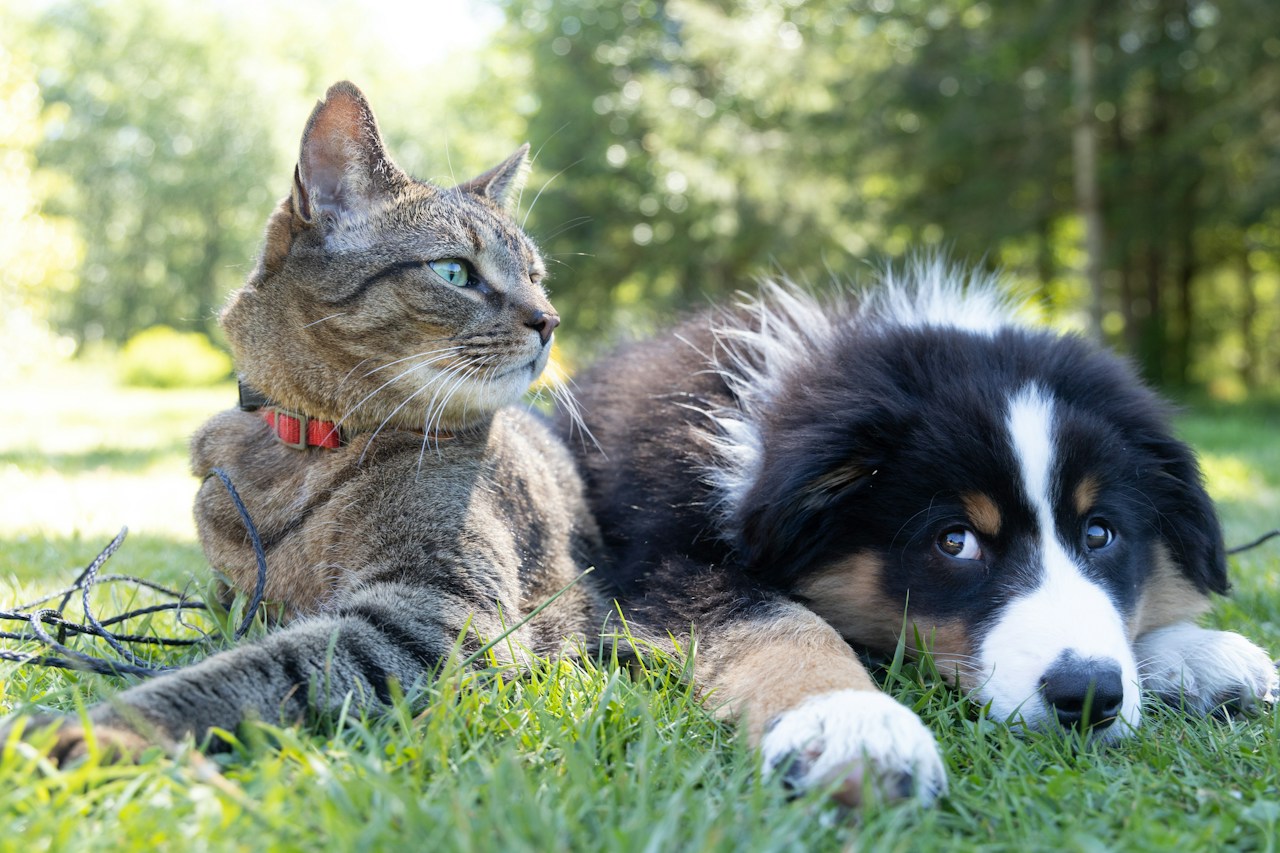This article aims to explain how kittens learn to be independent from their mothers in a clear and easy-to-understand way. This is an important part of taking care of kittens. How to wean a kitten? Let’s find out.
Read Also: Is Eucalyptus Safe for Cats
Table of Contents

What should you consider when weaning kittens?
A newly born feline, similar to an infant, relies entirely on its mother for warmth, shelter, and nourishment. Weaning refers to the process of familiarizing the animal with the absence of something it has grown dependent on.
For young animals, this primarily involves teaching the kitten to feed itself instead of relying on its mother’s milk. However, a broader interpretation would encompass the notion of becoming independent from the mother in various aspects, such as social interactions.
At what age are kittens weaned?
In the first couple of weeks after being born, it is very important to make sure the mother cat takes care of her kittens.
She does everything they need, and as a caregiver, your job is to watch and make sure they grow up healthy by giving them milk regularly.
The first milk, called colostrum, is really important for kittens because it has special things in it called antibodies. These antibodies help protect the kittens from getting really bad diseases until they can get their shots and build up their immunity.
Typically, kittens’ eyes open between the seventh and tenth day, and their vision gradually improves thereafter. By the age of three to four weeks, they become capable of exploring away from the nest and finding their way back.
In a natural environment, mother cats usually introduce live small prey to their litter of kittens around three to four weeks of age. This signifies the start of the weaning process, allowing the introduction of solid food.
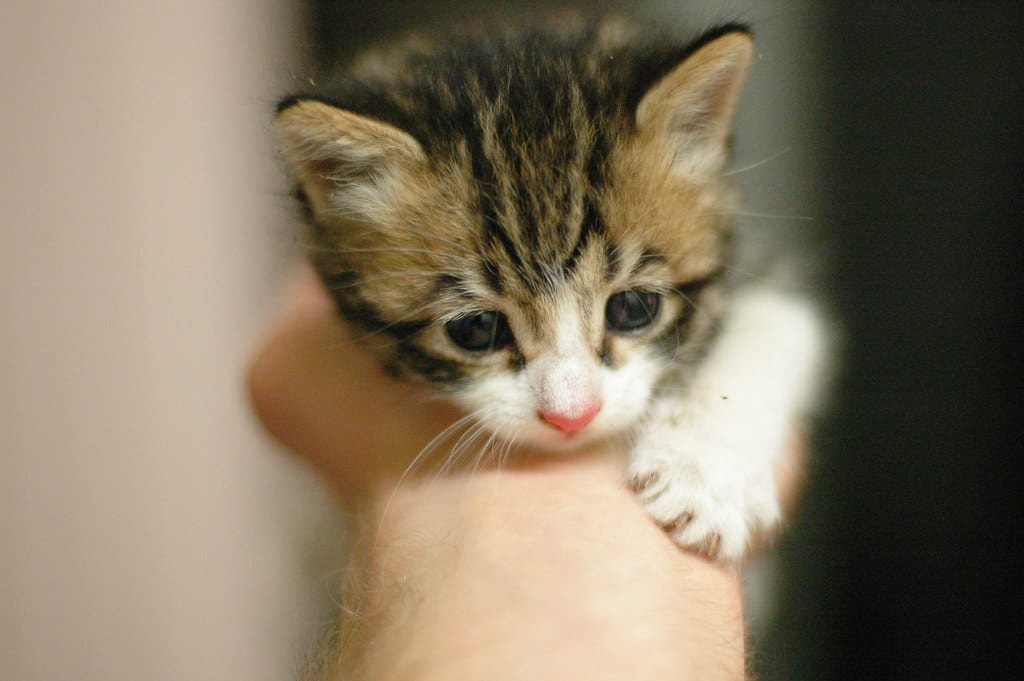
How to wean a kitten?
The main concept is to feed a kitten small portions of easily digestible food regularly. As the kitten consumes more of this food, its reliance on milk from its mother decreases until, after a few weeks, it can solely rely on solid food. By eating the food yourself, you can fulfill all your nutritional requirements.
Meanwhile, the kittens start spending more time apart from their mother and gradually gain physical and social autonomy, as well as becoming self-sufficient in terms of nutrition.
How does weaning work in practice?
Kittens between three to four weeks old should be given easily digestible, semi-liquid food. This can be in the form of soaked kitten kibble or wet food mixed with warm water. It is important to use high-quality kitten food instead of adult cat food, as it provides the necessary nutrients for their growth.
To make the food more appealing, a small amount of kitten’s milk substitute or cow’s milk can be added to the mixture. The kittens should be offered small amounts of food four times a day, and the food should be removed after 15 to 20 minutes. Gradually increase the amount of food offered over two weeks until the kittens are eating as much as they want.
As the kittens grow and their teeth develop, dry food can be offered without moistening. It is important to always provide fresh water in a shallow bowl for the kittens to stay hydrated. Additionally, monitor their litter box usage to ensure they are urinating and defecating regularly. While most kittens learn to use the litter box naturally, it can be helpful to guide them to the box after they eat.
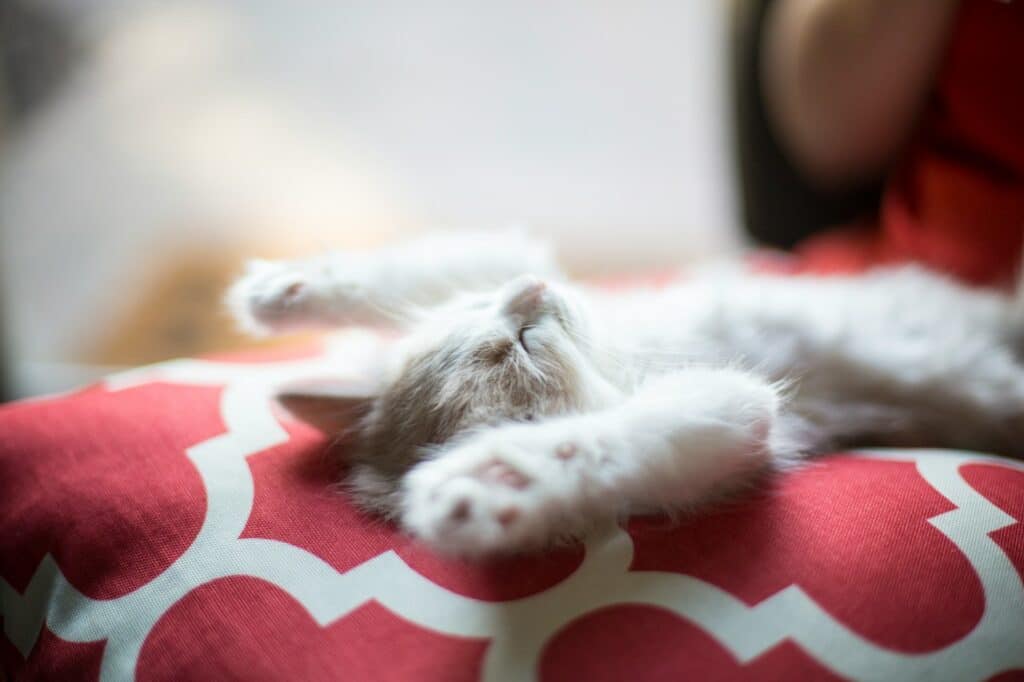
It’s crucial to keep in mind that weaning is just one step in getting kittens ready for their new homes. Apart from that, you need to take care of other kitten-related matters such as:
- Dealing with fleas and other external parasites
- Dealing with worms
- Make sure kittens are well-socialized – check out the ASPCA website for an article on how tasty food can help in fully socializing kittens.
Natural Weaning vs. Weaning a Bottle-Fed Kitten
When a little kitty is given milk from a bottle because it doesn’t have a mommy or is away from her, it learns to eat solid food in a similar way as explained before.
But when we take care of little kitties by ourselves, there are extra things we need to do, like giving them less milk from the bottle. We should give them less milk and fewer times. This happens naturally as the little kitty starts eating more solid food and doesn’t want to drink as much milk from the bottle.
Read Also: Can cats cry?
Stages of weaning a kitten
Weaning can be divided into different stages, but they all fall on a spectrum from “only dairy” to “only solid food”.
Typically, a monthly phase is about four weeks long.
- (3-4 weeks): Give small portions of very moist food four times a day.
- (4-5 weeks): Increase the amount of food given.
- (5-6 weeks): Start reducing the moisture in the food, introducing some dry food or undiluted wet kitten food.
- (6-9 weeks): Kittens gradually stop drinking milk (either from a bottle or their mother) and only eat dry and wet food from a saucer four times a day.
What happens if weaning fails?
Sometimes, if a little kitty keeps drinking milk from its mommy even though it has enough food, it might be needed to keep them apart for a long time. This could mean putting the mommy in a different room.
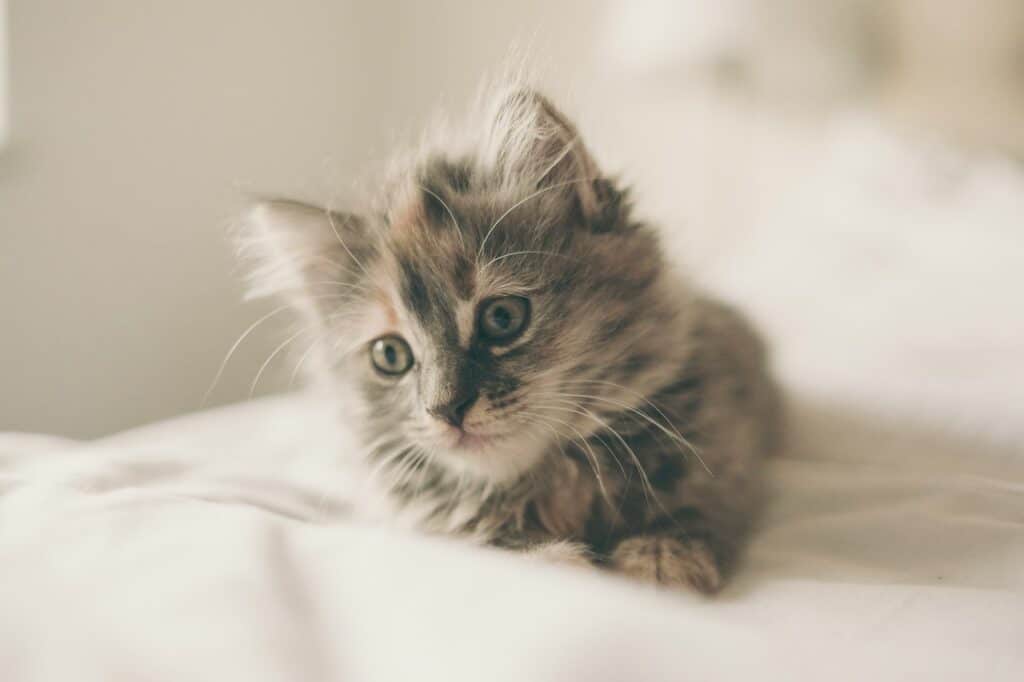
Tips for successful weaning
The key factors to consider are:
– Providing kittens with delicious, moist food that they love to eat.
– Offering frequent, small meals and cleaning up saucers and leftover food between meals.
– Maintaining a high standard of hygiene and cleanliness at all times.
Although weaning is a natural process, human caregivers need to understand the basic principles and methods of weaning kittens, even if the mother cat is present. If you have any concerns, please consult your local veterinarian for guidance.
